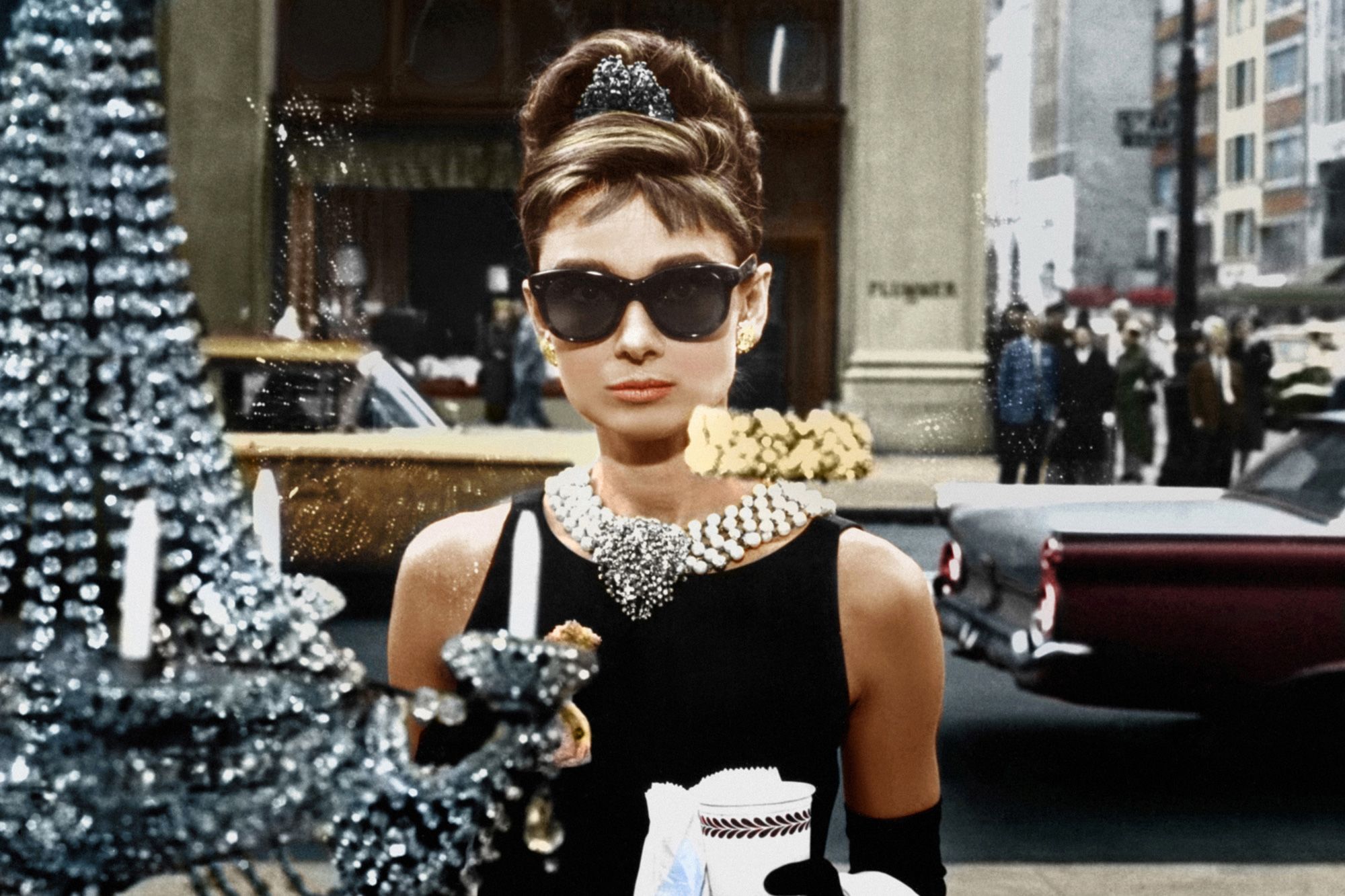
The pupils of our eyes are delicate and react immediately to strong lights. Protecting them against light — even the brilliance reflected off snow — is important for everyone. Himalayan mountaineers wear goggles for this exact purpose.
When did this interest in protecting the eyes begin, and at what point did dark glasses become a social statement as well as physical protection?
Ancient traditions
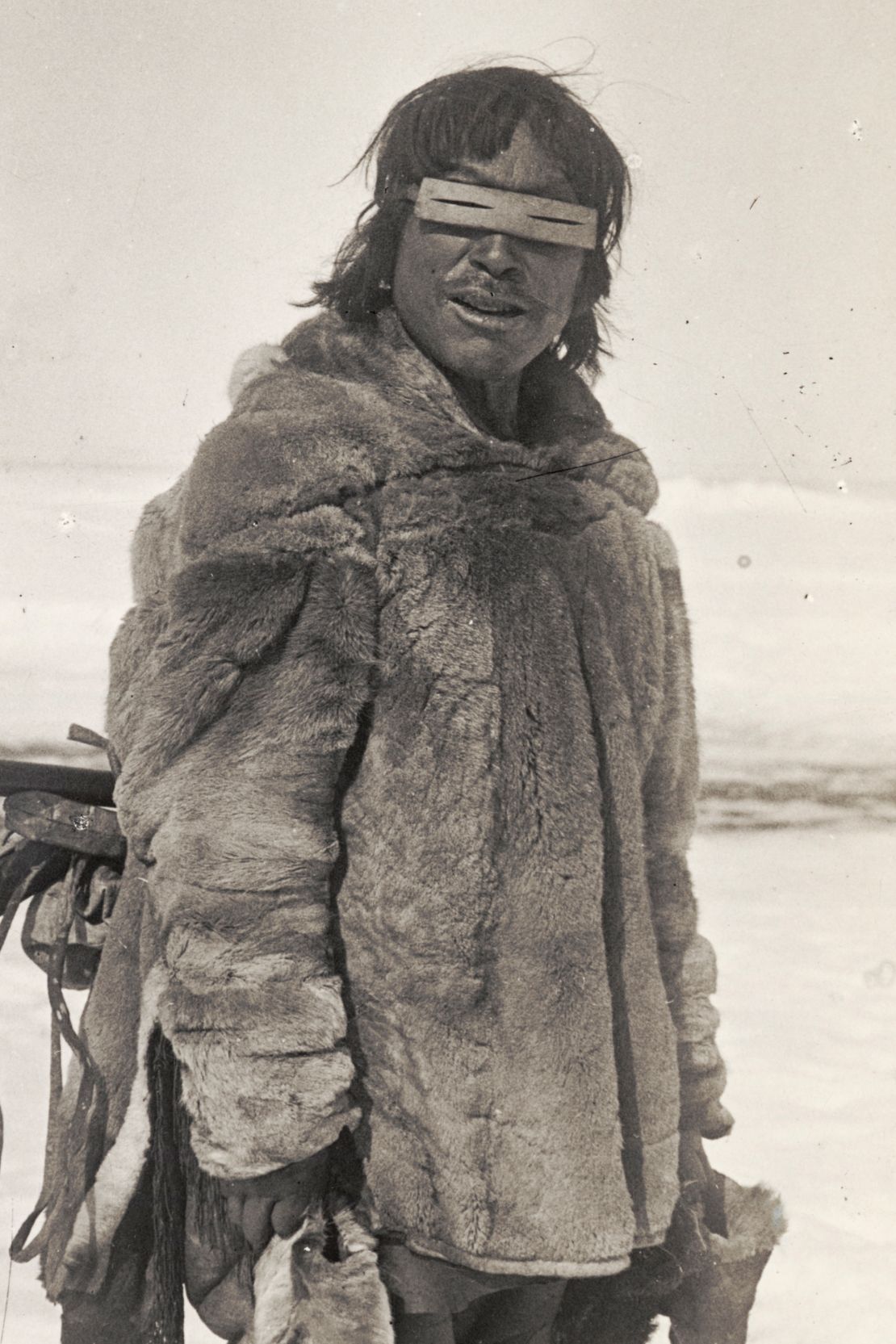
We know Canadian far north Copper Inuit and Alaskan Yupik wore snow goggles of many kinds made of antlers or whalebone and with tiny horizontal slits. Wearers looked through these and they were protected against the snow’s brilliant light when hunting. At the same time the very narrow eye holes helped them to focus on their prey.
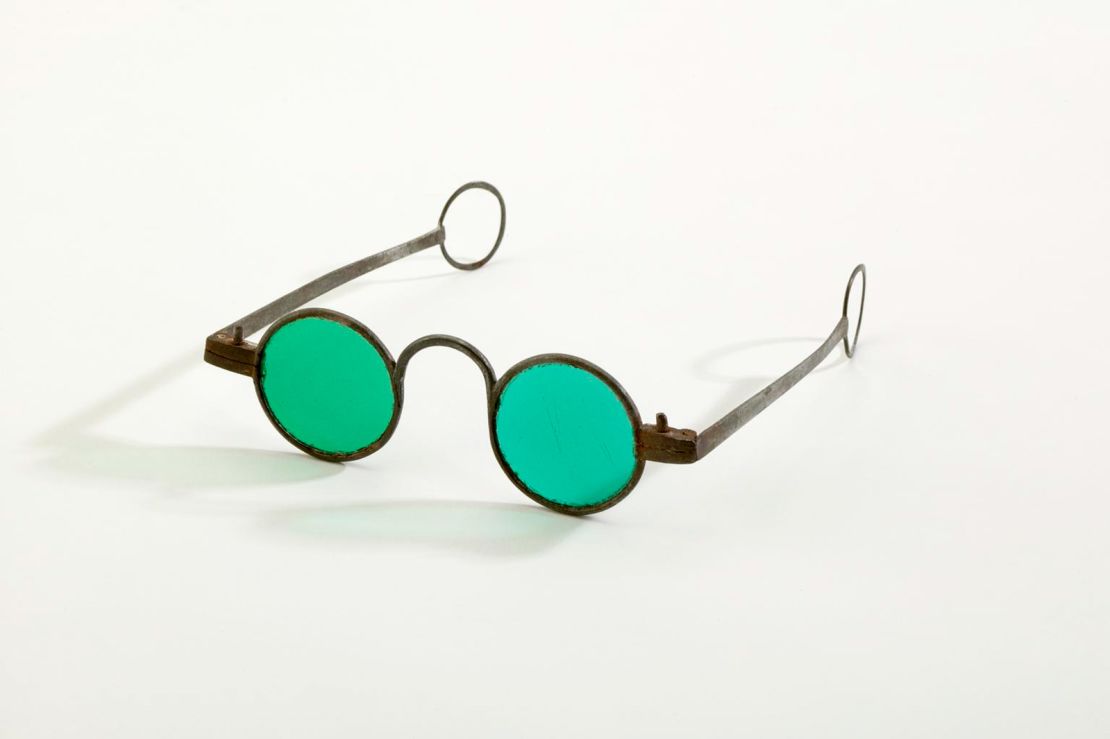
In the 18th century, noble Venetian ladies held green colored glasses in tortoiseshell frames to their eyes, a design similar to a hand-held mirror. These “vetri da gondola” (glasses for gondola) or “da dama” (for ladies) were used to protect their eyes and those of their children from sunlight, as gondoliers paddled them through the Venetian canals.
Glasses, celebrity and war
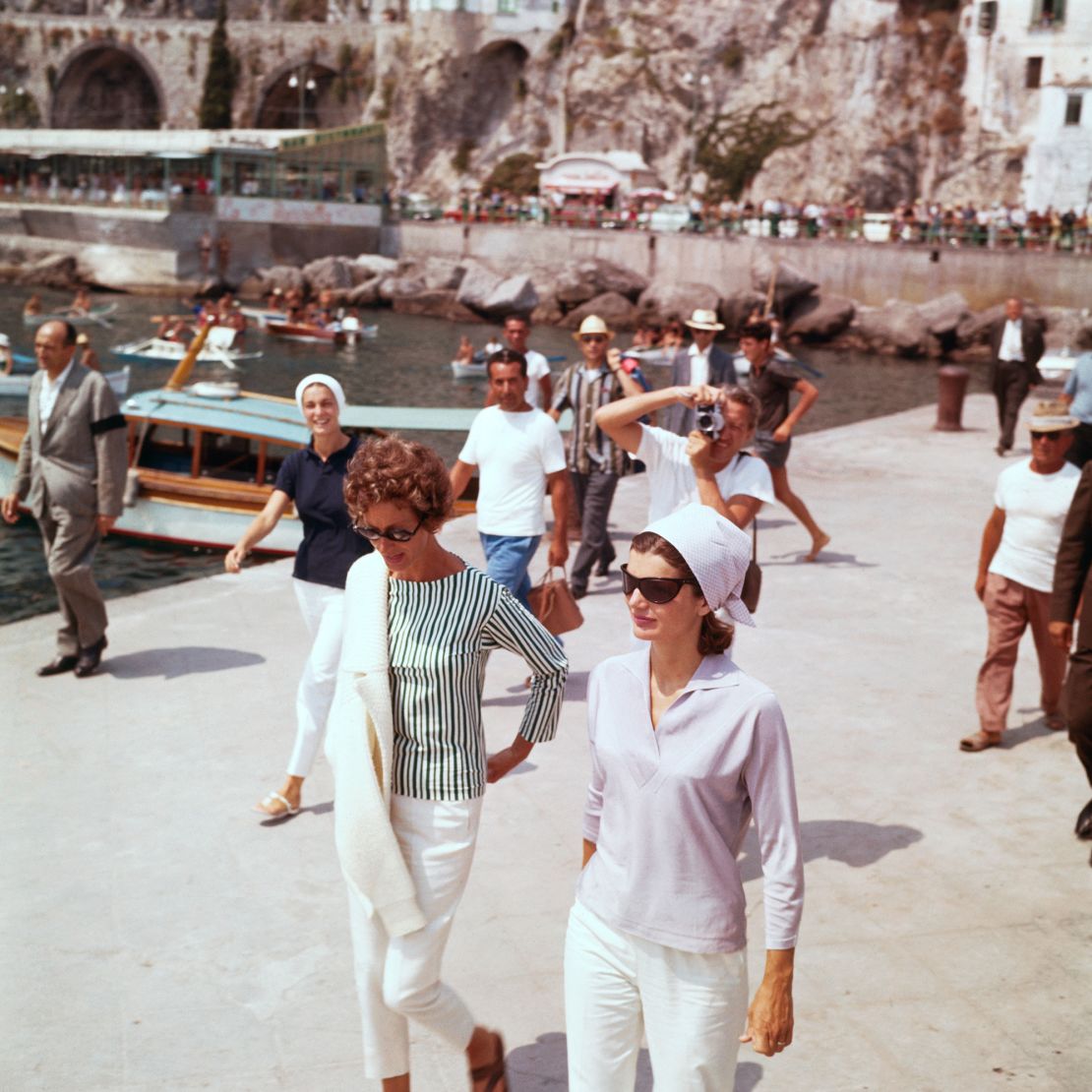
Their looks were crucial to the industry. One thinks of the aloof Greta Garbo who hid behind her glasses to stop interaction with fans. Audrey Hepburn was another star well known for her Oliver Goldsmith dark glasses. She peered over these in many movies and also wore them as high fashion accessories.
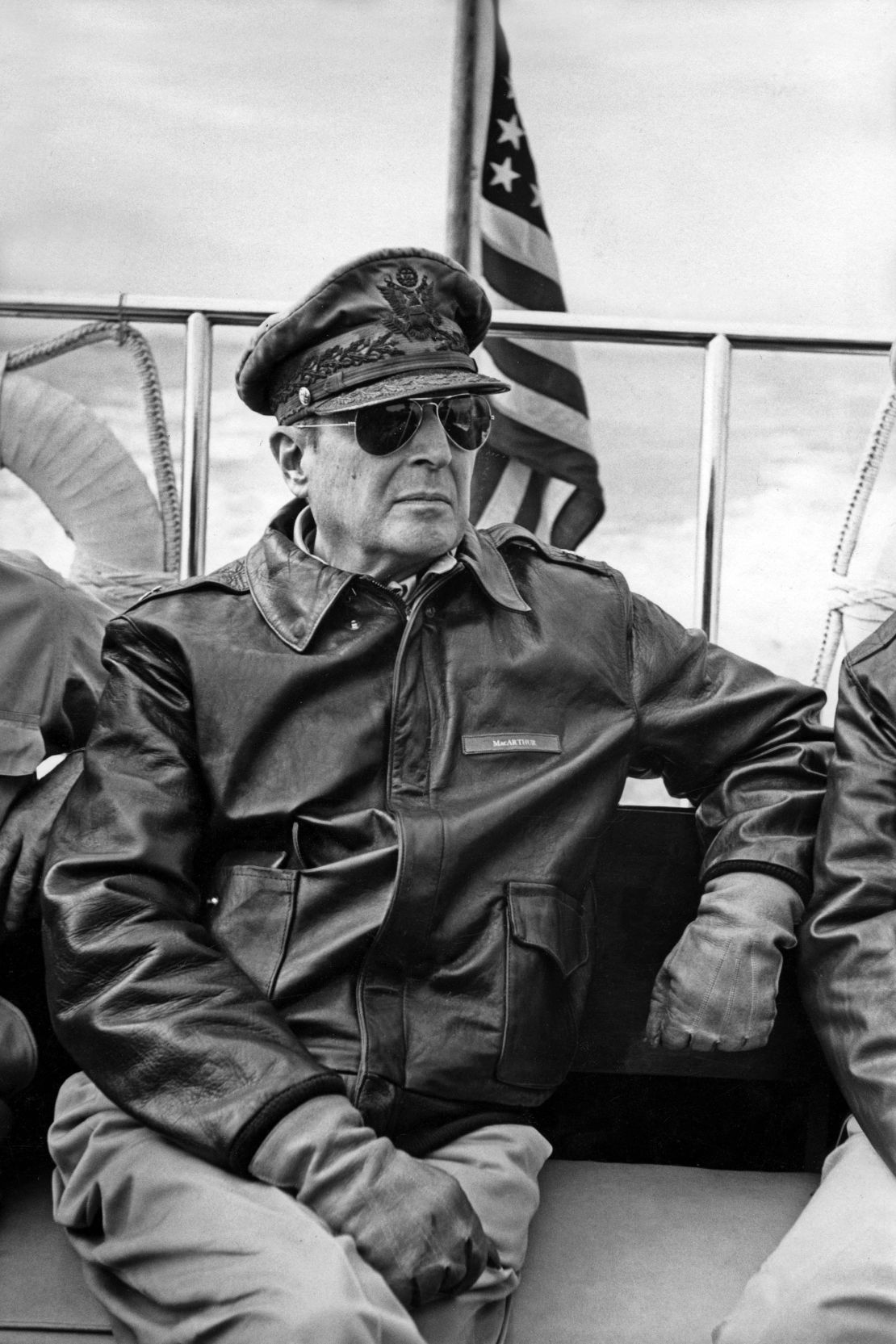
With these glasses, well-tailored khaki uniforms and peaked caps, wearers exuded a vigorous masculine appeal – although the outfits were not exactly fashion.
Dark glasses were to become increasingly popular accessories from the late 1920s. They took on new life as essential male and female fashions in the 1960s and 1970s. Style icons like Jacqueline Kennedy wore her huge designer outsize glasses as personal fashion items.
Rich with meaning
There are hundreds of different designs on the market today. Many can be picked up at any chemist. Dark glasses are everywhere: worn on the street, for driving, on the beach and on the tennis court.
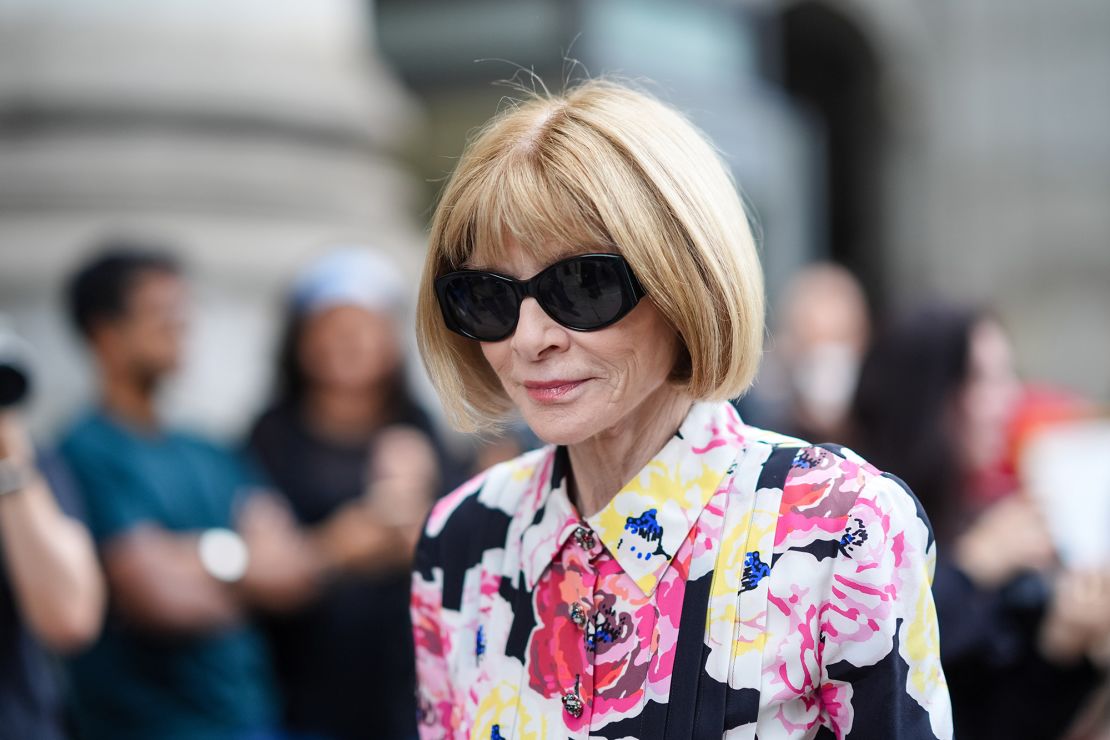
For some celebrities, sunglasses have become part of their character.
They project an almost powerful aura for someone like Vogue editor-in-chief Anna Wintour. For Stevie Wonder, who wears sunglasses because he is legally blind, they have come to symbolize his particular personality, his unique ability and his iconic status.
— by Margaret Maynard, associate professor at the School of Communication and the Arts, The University of Queensland, Australia.

Leave a Reply